Fingerprint smudges. You probably hate them just as much as we do, but the solution to avoiding them has eluded iPhone users for the past 5 years. Well if you can’t avoid them entirely, you can at least get rid of them in style with your own personalized screen cleaning cloth from Mobile Cloth. Considering it only cost $6.99 for a pack of two, the Mobile Cloth is a very effective screen cleaner. A quick polish with the cloth removes all the gunk which is much more effective than wiping it on your jeans or tshirt — my previous preferred method of cleaning my iPhone. You don’t even need to use water (unless the grot is completely dried on).
The Mobile Cloth is made from a unique microfiber material, with the fibers split and woven into “nubs” that act like tiny “suction cups,” pulling grease and germs away from the screen, according to the company. What sets Mobile Cloth apart from competitors is the company’s ability to quickly print and ship personalized clothes with your image on them (ordering a pack of 200 personalized cloths retails for $359).
Today we’re giving away 10 packs of two Mobile Cloths to our Twitter followers.
Here’s how to enter:
![Win A Free iPad or iPhone Cleaning Pack From Mobile Cloth [Giveaway] CoMcleaningcloth](https://www.cultofmac.com/wp-content/uploads/2012/02/CoMcleaningcloth.jpg)


![How To Enable Push Notifications For Tweetbot [iOS Tip] tweetbot-icon-logo](https://www.cultofmac.com/wp-content/uploads/2012/02/tweetbot-icon-logo.jpg)
![Make An iPad Bike Handlebar Mount [How-To] post-146188-image-2ee6f3aaa16863d36d5e9c250de1b87e-jpg](https://www.cultofmac.com/wp-content/uploads/2012/02/post-146188-image-2ee6f3aaa16863d36d5e9c250de1b87e.jpg)


![Big Surprise – Paper Textbooks Likely To Be Cheaper Than IPads For a Long Time [Infographic] ipadvtext](https://www.cultofmac.com/wp-content/uploads/2012/02/ipadvtext.jpg)


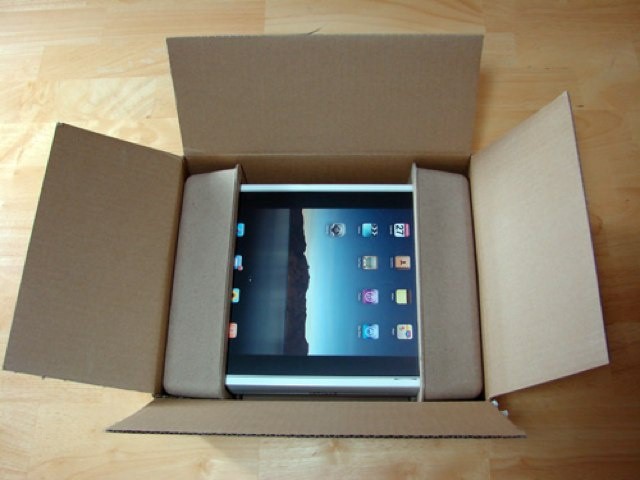
![Apple Orders 65 Million Retina Displays For iPad 3 [Report] ipad-retina-display](https://www.cultofmac.com/wp-content/uploads/2012/02/ipad-retina-display.jpg)
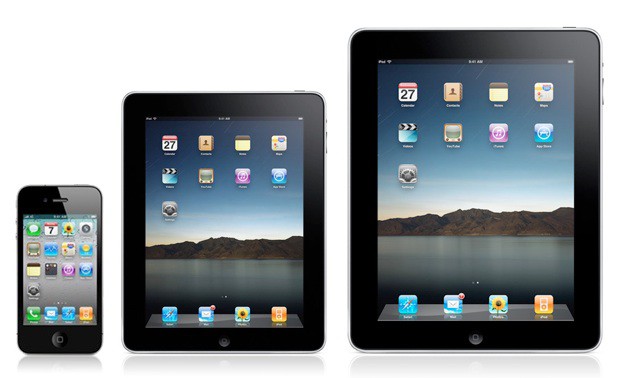
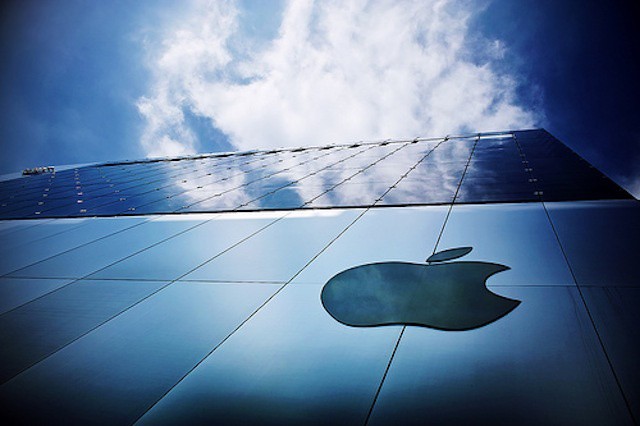
![How To Easily Share Files Over Bluetooth With Your iOS 5 Device [Jailbreak] Screen Shot 2012-02-13 at 5.32.02 PM](https://www.cultofmac.com/wp-content/uploads/2012/02/Screen-Shot-2012-02-13-at-5.32.02-PM.jpg)

![BYOD Challenge: How IT Can Keep User-Owned iPhones And iPads Secure In Enterprise [Feature] Not everyone is ready to jump on the BYOD bandwagon](https://www.cultofmac.com/wp-content/uploads/2012/02/byod-tshirt1.jpg)
![HEX Recon Is A Minimal, Stylish Messenger Bag For Your MacBook And iPad [Review] post-133171-image-6ace9286e6c16bf782fd1ae802796553-jpg](https://www.cultofmac.com/wp-content/uploads/2012/02/post-133171-image-6ace9286e6c16bf782fd1ae802796553.jpg)

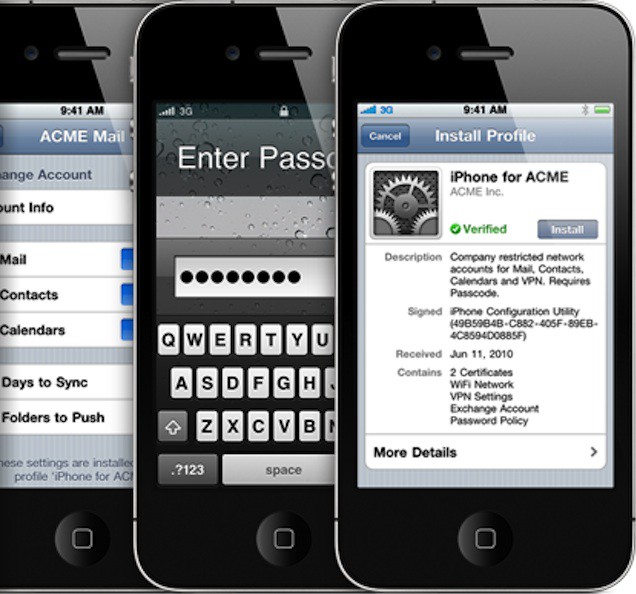


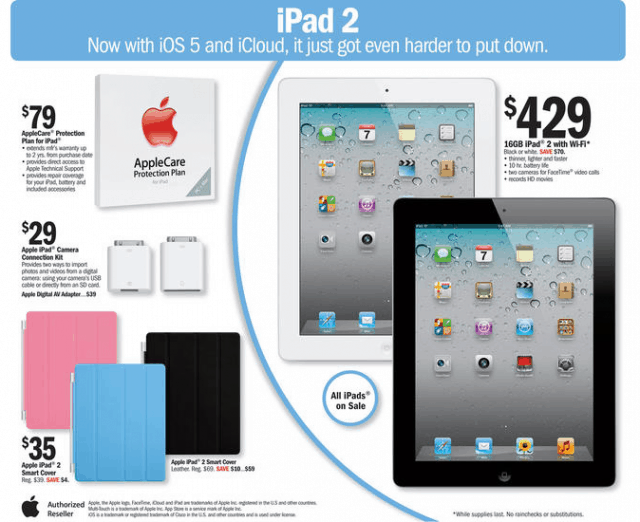

![Target Worker “Confirms” iPad 3 Will Launch In Early March [Rumor] Target_iPad](https://www.cultofmac.com/wp-content/uploads/2012/02/Target_iPad.jpg)

